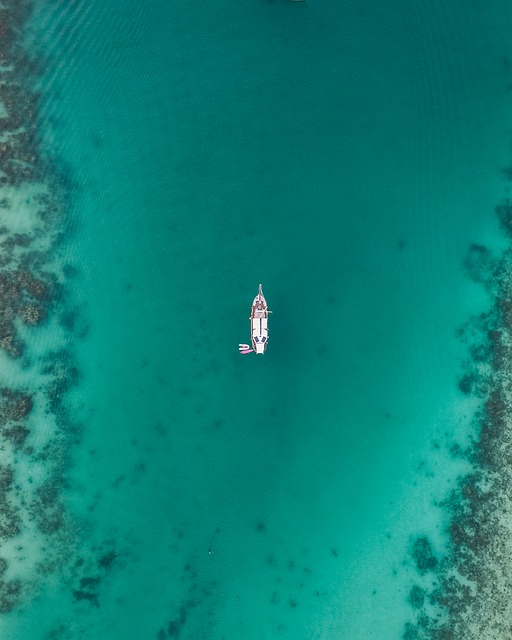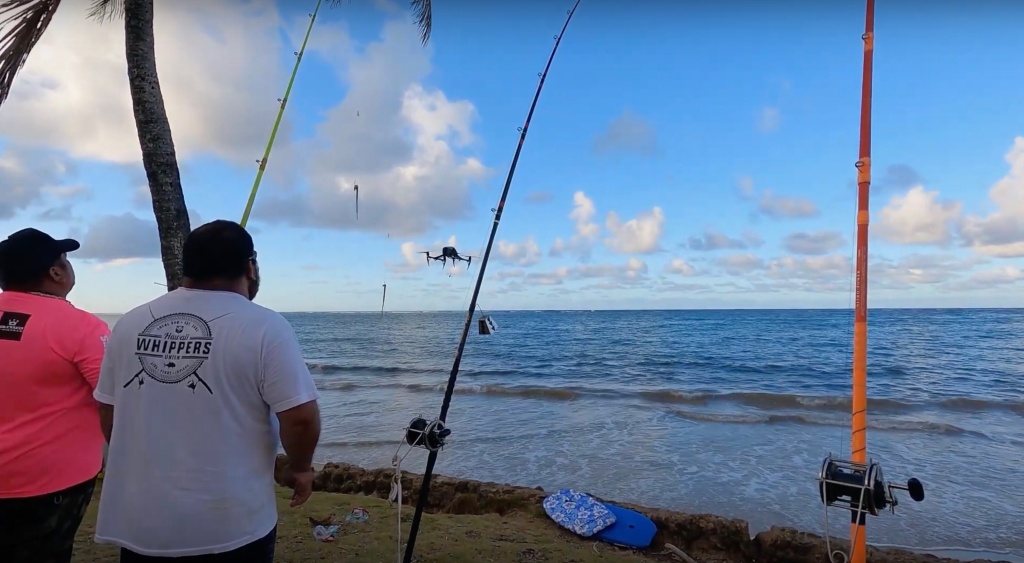
In this article, we'll look at the basics of a drone fishing rig. We'll also cover what you need to be aware of when choosing your drone and how it will perform over time. Next, we will discuss how to get the best drone. Read on for some tips and tricks. You will soon have the drone that you dream of! Let's get !... started and maybe even catch some fish!
Basic drone fishing equipment
A good set of hooks is the most important thing when you want to begin drone fishing. You should double the fishing line and use mono or braid. You should tie a Uni knot or Cat's Paw Loop to it. You'll also need a sinker between 2-8 ounces and hooks for attaching to each second section of your backbone. The final step is to attach the lead loop and end loop of your drone using a snap swivel.
There are many options for creating a fishing drone. The simplest method is to attach a hook to your drone's landing gear, and spin it until the line comes free. A dropper to keep your fishing line under the drone is another option. The dropper lets you keep the main line down below the drone and not get tangled with the propellers. You can add accessories to your fishing drones, such as a dock and a battery pack.
Once you have the basic drone fisherman rig purchased, you will need additional equipment. You will need a 700-meter fishing line and a bait dropper device. These are all optional extras, but will make your drone fishing experience more enjoyable. A good drone will give you a clearer view of your surroundings, and you'll be able to spot fish more easily.

Payload for drone fishing equipment
Be aware of safety precautions if you want to catch fish by drone. Avoid flying your drone in strong wind or rain. Here are some steps to follow:
First, ensure your drone has a strong carrying capacity. If you load it with heavy lures and braided line, it will not be stable. The wind could also cause the drone to drift off course if it is fishing in a coastal area. It is also important that you check your local laws and regulations, as some may not allow the use of drones for fishing. You need to ensure that your drone is strong enough to carry you when you go fishing.
The next step is to determine which accessories you'll need to mount on your drone. A good rule is to choose a rigging solution that has a central attach point in order to minimize weight distribution. The best attachment points for drones are motor struts, landing gear, or legs. Avoid attaching any payloads to the camera or gimbal as these could cause damage. An easy solution is to tie fishing line at each corner. To stop the line from falling out, you can attach tape to it.
Battery life for drone fishing rig
Before going out fishing with your drone, be sure to check the batteries and the other gear. This will keep your drone's battery charged and allow you to fish instead of worrying about charging it. You can charge some drones with solar panels or car batteries. It is a good idea to start with fully charged batteries. This will make sure your drone is ready when you arrive at your fishing spot.

You should also consider the drone's flight duration. While some models are faster than others, a drone that can fly for just twenty-two minutes will suffice. This is great if the drone can fly for hours on the water. Be aware, however, that a drone with limited endurance may not be able to fly and make it virtually impossible to catch fish.
After you have setup your fishing rig, attach the fishing line clip to either the legs or the motor struts. Then, attach the bait to the fishing line. Lock the reel when you are ready for the drone to fly. As the drone drops the bait into the water, the tension will increase. Remember to charge the battery after every use, or it may not work properly.
FAQ
Which US states make drones legal?
You can legally fly a drone for personal use. The Federal Aviation Administration (FAA), established guidelines that allow individuals to fly small unmanned aircraft systems. Before UASs can be flown, they must be registered with FAA. These UASs can also be flown by commercial operators if they are allowed to fly under certain conditions.
Can you fly a drone high without a licence?
The FAA does not limit the height of a drone. The FAA does require you to register unmanned aircraft systems (UAS), which include the registration number of your model, weight and size, serial numbers, manufacturer's names, date manufactured and other information.
Can my drone be flown indoors?
Yes, you can fly your drone indoors. There are only a few things you need to do: Make sure your home is free of obstacles and hazards. You should not fly near windows, doors or heating vents.
Flying with a drone?
Drones are increasingly becoming popular both for personal and commercial use. They are used to film, fly, map, rescue and search and rescue. Recent regulations regarding drones have been approved by FAA. They include new requirements for registration and licensing, pilot training, insurance, and other requirements. These new regulations will ensure drones are safe for all.
Does the FAA regulate drones
The FAA supervises all aspects related to drone operations, including certification requirements and safety standards.
Statistics
- According to the multiple listing service (MLS), houses and apartments with drone photographs are up to 68 percent more likely to sell than those without pictures. (thedroneu.com)
- According to industry research from ZipRecruiter , there are 10 cities where the typical salary for a Drone Pilot job is above the national average. (dronesgator.com)
- According to ZipRecruiter, the minimum hourly wage of drone pilots is $20. (thedroneu.com)
External Links
How To
How to Fly Drones with Beginners
A drone is a remotely-controlled aircraft that is used for aerial photography and surveillance. Drones are a technology that has been around since World War II. However, commercial use began in 2010 when DJI released their Phantom series of quadcopters. There have been many types of drones since then, including beginner-friendly drones like the Parrot AR Drone 2.0 and professional-grade multi-rotor crafts like the DJI Mavic Pro.
You can fly a drone in many different ways, including:
-
Remote control – This technique uses a control device attached directly to your hands that allows you steer the drone around its flight path. There are two main types for controllers: Joysticks or On/Off switches, which can be used to control the drone's flight path.
-
Manual Control- This allows you to control your drone remotely via GPS coordinates. The app will provide instructions and help you to locate the drone.
-
Autonomous Flying - This allows the drone to take over all of the piloting duties. It's basically flying autonomously without any human intervention. A drone must have a builtin camera and sensors capable to capture images and other data.
-
Triggered flight - This is similar to manual control except that the pilot sets up a preprogrammed route and the drone follows the route until it reaches its destination. After the preprogrammed route is complete, the drone will automatically land and return to its base.
-
Landing Gear - Some drones come equipped with landing gear that allows them to land safely if they lose power or run out of battery during flight.
-
Goggles-Some pilots use goggles to protect their eyes from debris during operations.
-
Camera – Some drones have cameras, which allow you to take photos or videos from up high.
-
Obstacles: Some drones are equipped with obstacle avoidance systems to prevent them from hitting obstacles.
-
Speed - Some drones reach speeds exceeding 40 mph.
-
Battery Life – Most drones will last 20 minutes to three hours depending on how powerful they are.
-
Some drones are capable of traveling up to 30 miles depending upon their make and model.
-
Power source - Some drones need an external power source, while others use internal batteries.
-
Weight - Some drones are lighter than others, while some models can weigh as much as 4 pounds.
-
Size - Drones can range in size from tiny devices that can fit in your palm to heavy crafts that weigh 50 pounds.
-
Price – All drones fall into a price category. These range from expensive models that cost thousands to affordable options that start at 100 dollars.